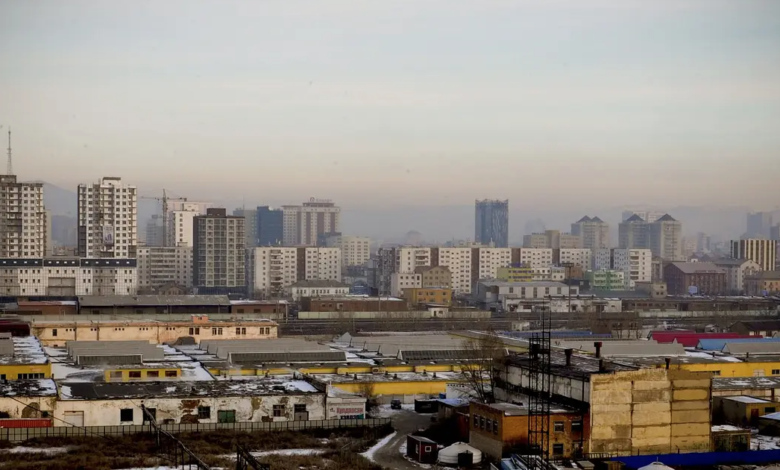Arid cities become urban green oases

Urban green oases, a challenge to be won
The document “Urban forestry and urban greening in drylands” was drawn up under the FAO’s “Green Urban Oases Programme”.
The aim of the program is to transform arid cities into urban green oases, to strengthen their resilience to climate, health, food and economic crises and to generate well-being for the people who live there.
There are numerous urban studies available on temperate zones in more developed regions, while there are few studies on arid zones in developing countries.
In order to achieve the ambitious programme of urban green oases, support for urban communities in arid areas is foreseen from the political and practical point of view, namely the identification of feasible solutions for the well-being of communities.
There are many challenges: from planning to the design and management of urban forests and urban green spaces in dry climates.
Air pollution, a major health risk
The rate of urbanization of the world population is constantly growing. Today 55% of the inhabitants of the Planet live in cities, produce 70% of global waste, consume 80% of energy.
By 2050, about 70% of the world’s population will live in cities, and it is predicted that 95% of projected urban growth by 2050 will occur in the South (FAO data).
The climate crisis and the consequent scarcity of rainfall and water supply increase the demographic pressure on urban centers in arid areas with serious public health consequences.
With air pollution, cardiovascular and respiratory diseases increase: it is considered the greatest environmental risk to health worldwide, causing more than 3 million premature deaths globally each year, as the studies of the World Health Organization state.
Read also The roof garden that uses CO2 as fertilizer
Opportunities for sustainable development for arid cities
The growth in demand for food and basic services weighs on infrastructure and natural resources already scarce in many arid cities, with important social, environmental and economic repercussions. In this scenario, urban green oases are an opportunity for more sustainable development for arid cities.
The integration of green spaces in the urban fabric – in addition to improving the health and well-being of the population and increasing their resilience to climate change – has positive economic implications because it creates a system of goods and services useful to the livelihood of people.
Urban oases have cooling capabilities, improve air quality and sequester carbon, also contribute to the quality and balance of soil and water and increase biodiversity.
A call to governments
Urban forestry and greening strategies still need to be fully integrated into urban development in many arid cities.
The “Urban Green Oases” programme calls on national and local governments to plan and manage initiatives for sustainable development: it is important to launch public awareness and education campaigns.
It is estimated that climate change will severely reduce food production and livelihood opportunities by restricting access to water, food and firewood, thereby increasing poverty and health risks in rural areas, triggering an increase in migration from the countryside to the cities, as has already occurred in Africa.
Need for planning and management
Are there contraindications to the creation of urban green oases? Some tree species produce allergens; urban forests can be the ideal habitat for fungi and insects, potential vectors of epidemic or communicable diseases; during water or wind storms, the fall of branches from trees can damage people, vehicles and infrastructure.
Poorly planned and managed urban and peri-urban forests can also be dangerous in the event of fire. Finally, people perceive neglected green areas as dangerous for their safety.
The co-design of urban green oases can instead generate a positive sense of “ownership”, care and respect for public spaces strengthening social cohesion





